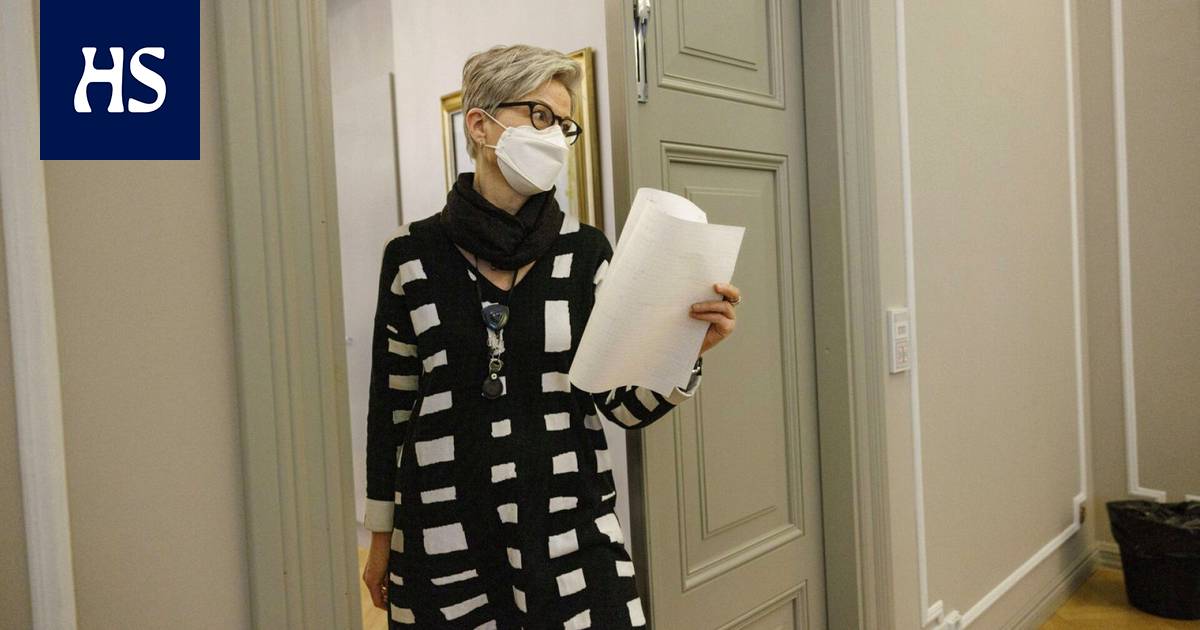Editorial|Editorial
The rarely used conciliation board tries to resolve a municipal wage dispute.
9.4. 16:30
Public the strikes on one side are awkward, with politicians sitting on both sides of the table: one to please their constituents, the other to guard the common currency. No wonder the voice of reason must be sought from the outside.
The labor dispute in the municipal sector will be referred to the Conciliation Board for resolution. This also solved Tehy’s threat of industrial action in 2007.
The government of Prime Minister Juha Sipilä (Central) tried to introduce the so-called Finnish model to the labor market. It would have been the Finnish version of the Swedish model. In the model, an export industry open to international competition would determine the maximum margin for wage increases. Other sectors – such as private and public services – should not exceed the wage line created by the export industry.
The model was already buried during Sipilä’s board. Back then, the model was overthrown by the private service sectors.
Only the export industry seems to be wondering what wage increases mean for cost competitiveness. Indeed, wage increases in industry are well below inflation this year. The purchasing power of workers in the sector is therefore declining.
Bridge times the Finnish model has been questioned by municipal unions, which are demanding at least 3.6 per cent increases on the general wage increase line every year for the next five years or so. If the requirements go through, the pay rise cycle is complete. That, in turn, would boost brisk inflation anyway.
The Conciliation Board should still try to offer the public sector a multi-annual salary program. The last time this was done was in 2003-2007. Even then, the reason was the backwardness of public sector wages compared to the private sector.
However, the pay gap did not narrow significantly. In the private sector, employers paid the same slippage as the public sector received through separate wage programs. And the end is, as the saying goes, history.
The editorials are HS’s statements on a topical issue. The writings are prepared by HS’s editorial staff and reflect the magazine principle.
#Editorial #Finnish #wage #model #forgotten









